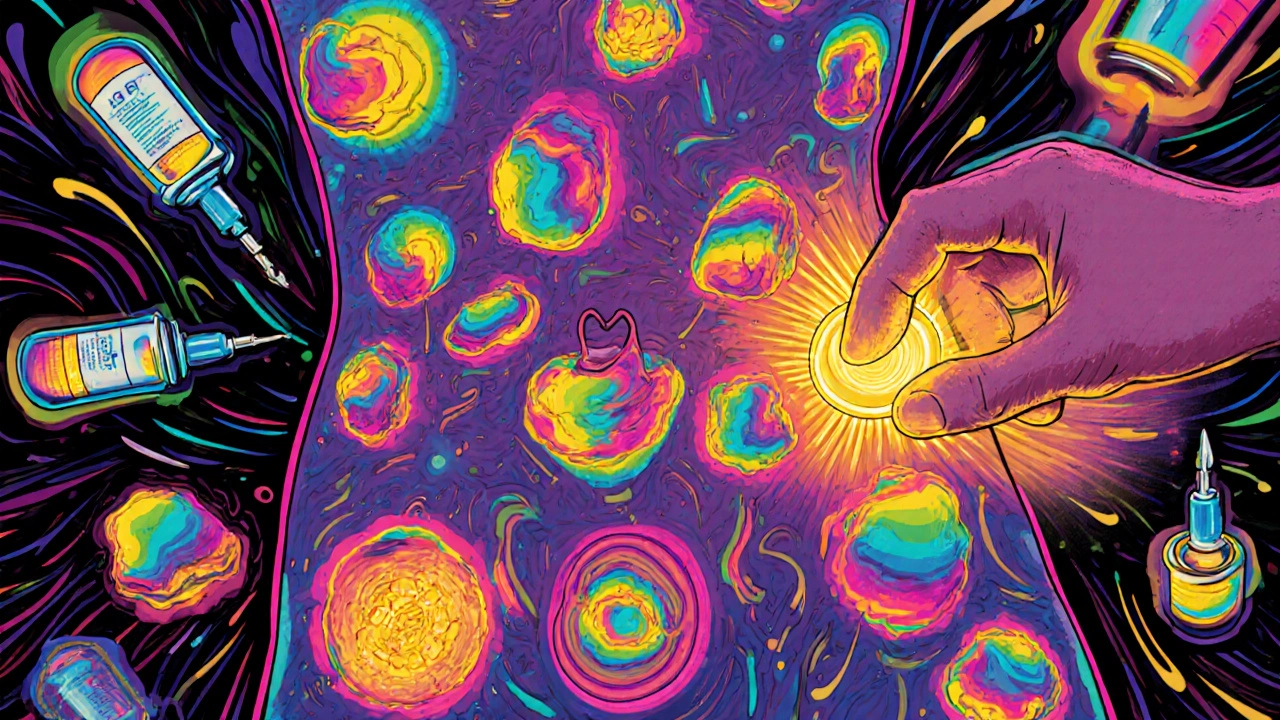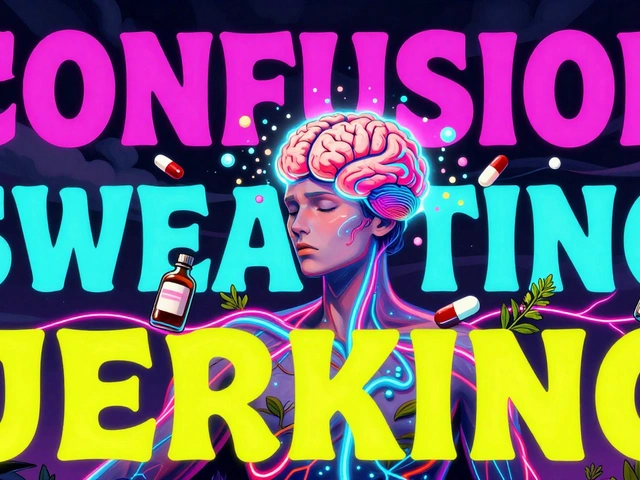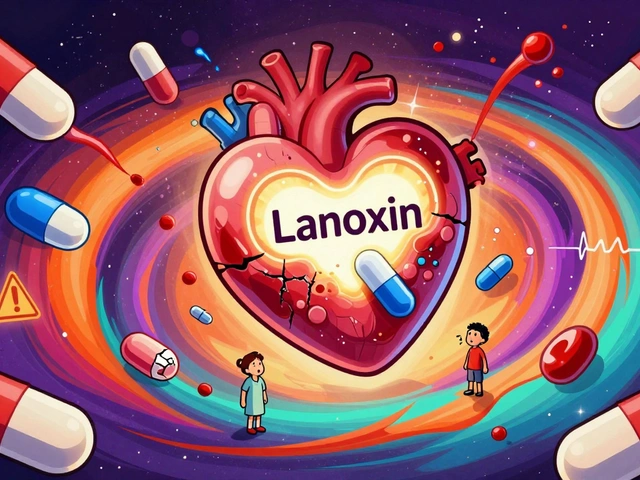Lipodystrophy: Causes, Types, and How Medications Can Trigger It
When your body starts losing fat in some places and gaining it in others—like fat disappearing from your face and arms but building up around your belly or neck—you might be dealing with lipodystrophy, a disorder where the body either loses fat tissue abnormally or redistributes it in unusual patterns. Also known as fat redistribution syndrome, it’s not just cosmetic—it affects how your body stores energy, processes sugar, and handles cholesterol. This isn’t something that happens randomly. It’s often linked to long-term use of certain drugs, especially older antiretroviral therapy, medications used to treat HIV that can disrupt fat metabolism, or genetic conditions that mess with fat cell development.
Lipodystrophy comes in different forms. Some people lose fat everywhere (generalized), while others lose it only in parts of the body (partial) or gain fat in weird spots like the back of the neck (buffalo hump). It’s not rare in people on long-term HIV treatment, but it’s also seen in those using certain steroids, insulin, or even some antidepressants that change how the body handles fat. When fat cells break down or stop working right, your body starts storing fat in the liver and muscles instead—leading to high triglycerides, insulin resistance, and even type 2 diabetes. That’s why metabolic syndrome, a cluster of conditions including high blood pressure, high blood sugar, and abnormal cholesterol often shows up alongside lipodystrophy. It’s not just about how you look—it’s about how your body is functioning under the hood.
You won’t find a one-size-fits-all fix. Some cases improve when you switch medications. Others need targeted treatments like leptin therapy or lifestyle changes to manage blood sugar and cholesterol. The posts below dig into real cases where drugs like those used for HIV, depression, or even cancer treatment led to noticeable body changes—and what people did next. Whether you’re tracking side effects, managing a diagnosis, or just trying to understand why your body feels different, these stories give you the practical details you won’t get from a textbook.
Insulin Injection Site Reactions: How to Spot and Prevent Lipodystrophy and Bruising
Lipodystrophy and bruising from insulin injections are common but often ignored. Learn how to spot the signs, prevent tissue damage, and stabilize your blood sugar with simple injection techniques.





